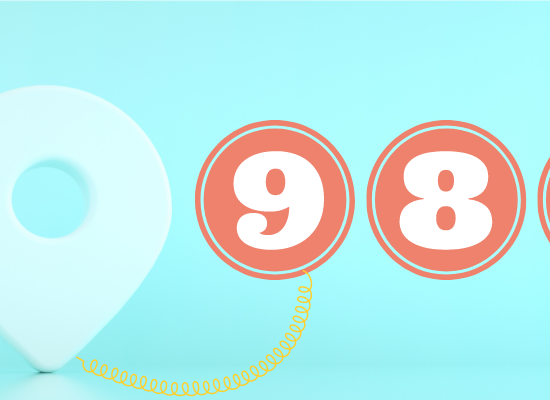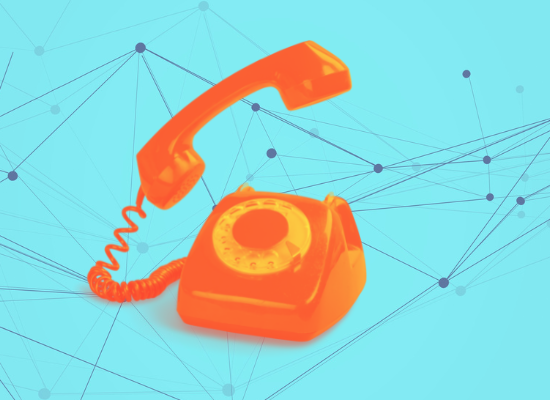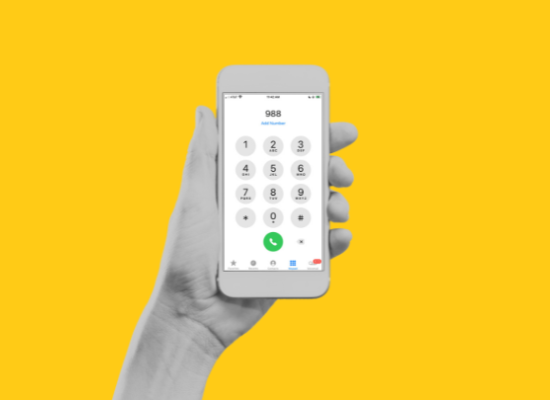
Stephanie Hepburn is a writer in New Orleans. She is the editor in chief of #CrisisTalk. You can reach her at .
Washington State is creating a 988 tribal behavioral health and suicide prevention line, which includes $1 million in funding to develop and operate the line and a tribal 988 subcommittee. The new legislation states the subcommittee will “examine and make recommendations concerning the needs of tribes related to the 988 system.” That includes representation from the American Indian Health Commission of Washington State.
“The monumental milestone is a result of hard work and fortuitous timing,” says Vicki Lowe, executive director at the AIHC. A moment, she says, influenced by the Covid pandemic and state leaders’ lens toward service gaps as they prepared legislation for 988, the three-digit number for behavioral health emergencies that must be available nationwide by July 16, 2022.
So often, notes Lowe, marginalized communities’ voices aren’t part of the dialogue on improving, expanding, or building systems that highly impact them. 988 gives states an opportunity to break the pattern and examine how to create an equitable behavioral healthcare and crisis system. “States need to think about the populations they serve, so they don’t repeat the same mistakes,” says Lowe. “This is a chance to do something different.”
The AIHC is a tribally-driven non-profit put together by tribal leaders in the ‘90s who were frustrated with chronic barriers to access for American Indians. “Historically, Washington has forced tribes to assimilate into their state systems,” says Lowe, “and into managed care, which hasn’t worked.” She points out that tribal health and Indian health services already face high administrative challenges navigating federal funding rules and regulations. Having managed care on top of that has exacerbated the burden. “For Indian healthcare providers,” says Lowe, “it’s like double the administrative responsibility.”
“Also, we’ve already been harmed by assimilation, and then in healthcare, the solution was, yet again, assimilation.” “It just didn’t make sense.”
The organization’s mission is to improve health outcomes for American Indians through state policy. “We have the highest mortality rate and some of the poorest health outcomes in the state,” says Lowe. The Covid pandemic has exacerbated preexisting barriers to care and the challenges tribal communities face. Nationwide in the United States, Black, Latino, and American Indian people have gotten sick and died at higher rates than their White counterparts. In fact, American Indians have died at 1.4 times the rate of White people.
A data dashboard—developed by the Northwest Portland Area Indian Health Board—tracks Covid-related American Indian health statistics in both Oregon and Washington. The data is stark: American Indians have experienced higher infection rates, 1.3 times that of non-American Indians. And during the pandemic, overdose and suicide attempt rates have been 2.2 and 2 times higher, respectively.
Lowe is a descendant of Bella Coola First Nations in Canada and the Jamestown S’Klallam Tribe in Washington, where she worked for many years in the tribe’s health department, setting up a tribal managed care program. Witnessing first-hand the inequities American Indians face accessing behavioral healthcare, and healthcare generally, has driven her to make changes in the field. “Suicide rates in Indian country have long been an issue,” she says. “There are losses that still haunt me and propel me to continue this work. I’m sure every tribe has stories like that.” Between 2014 and 2016, suicide was the 7th and 2nd leading cause of death for Washington American Indians and native young people ages 10-24, respectively.
“So many died who didn’t have to; we just couldn’t get them into services because the system wasn’t meant for us.”
That’s why one of Lowe’s primary focuses has been to develop a crisis line and the Washington Indian Behavioral Health Hub, a coordinating communication center that assists tribes and providers and acts as a bridge between tribal and statewide behavioral health and crisis systems. “The hub can help people who need voluntary or involuntary services,” says Lowe. “Of course, we hope to identify people before they go into crisis, but we can support them throughout the care continuum.”
The hub coordinates and connects people to care, including community-based services, crisis bed access, and follow-up after discharge and on referrals from Washington’s National Suicide Prevention Lifeline accredited call centers. It also provides culturally appropriate crisis resources and light case management, two weeks of follow-up. Lowe says that, so far, it’s primarily family members who have reached out to the hub. “Mostly, callers are parents who are worried about their child and asking for help,” she says.
The nonprofit organization Volunteers of America Western Washington runs a Lifeline call center and the Washington Indian Behavioral Health Hub; it will also answer the 988 Tribal Crisis Line. All staff at the hub are mental health professionals and have worked in behavioral health on a tribe. “They understand tribal systems,” says Lowe, “which is critical.”
When the hub partners began the program, Lowe says they weren’t sure how they’d keep it funded. “We were trying to figure that out when Washington’s 988 bill came up,” says Lowe.
Washington was the first state to propose implementation legislation for 988. Lowe testified in favor of the bill on April 5, highlighting the work of the Washington Indian Behavioral Health Hub. “The work we have been doing on the hub aligns well with 988,” she says. Lowe also shared that her grandfather died by suicide and the long-term impacts on her family. “More than 60 years later, my family still suffers from the loss of my grandfather,” she told legislators.
“It is difficult to understand the costs to be saved by preventing suicide. These costs are borne by our communities and our families as well as the state, tribal, and federal government. I urge you not only to think of this bill in terms of the costs to provide the services but the lives that can be saved…” Governor Jay Inslee signed the 988 bill into law on May 13.
Lowe’s testimony caught the attention of Rep. Tina Orwall. They were the right words at the right time, says Lowe. Rep. Orwall knew about the hub, but not the breadth of their efforts. “She asked me, ‘How can we get 988 to Indian country?’” says Lowe. Suddenly, after a great deal of work to get to that point, it all came together. “It was pretty surreal, to be honest. We were just quietly doing the work, trying to figure out how to make it happen.” Lowe pauses, “I don’t cry easily, but I cried when she met with us and told us about the funding for the 988 tribal behavioral health and suicide prevention line.”
The hub and 988, points out Lowe, are a way to bring state and tribal partners together and work to eliminate health disparities for American Indians across numerous systems. It also means rapidly connecting people to the new tribal crisis line. Where Lifeline calls go is determined by area code unless callers press 1 to reach the Veterans Crisis Line. Similarly, when Washingtonians dial 988 to get the Lifeline, there will be an off-ramp where American Indians can press a number, and their call will immediately go to the 988 tribal behavioral health and suicide prevention line.
As states consult with tribal governments and work with other un- or underrepresented populations to ensure access to and coordination of care, Lowe hopes they also look for ways to improve racial and ethnic concordance in the behavioral health workforce. “We need more tribal-specific providers,” she says. One way to increase the tribal behavioral health workforce is through a tribal behavioral health aide program like the one implemented by the Northwest Portland Area Indian Health Board, a tribal organization that advocates on behalf of the 43 federally recognized tribes in Washington, Oregon, and Idaho to eliminate health disparities and improve quality of life. In the training program, American Indians can earn a behavioral health aide certification. This would help create a much-needed workforce, notes Lowe, not only in tribal communities but for the hub and tribal crisis line.
“We need American Indian people answering those calls who have an instant understanding of ACEs and our intergenerational trauma,” she says. “People who have the necessary behavioral health training and know our culture, what it’s like to be native.”









